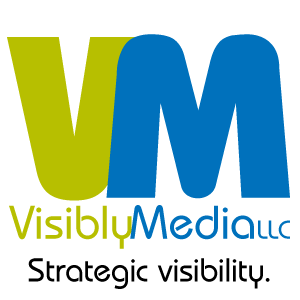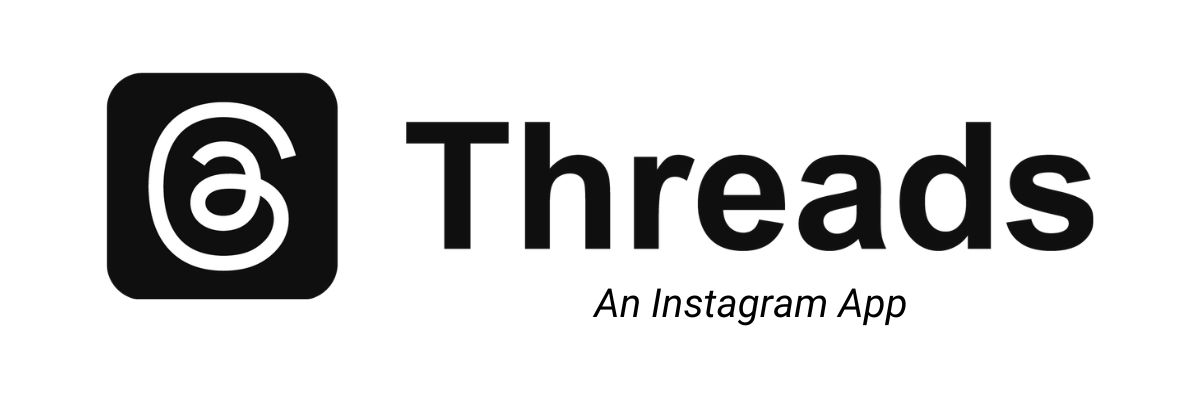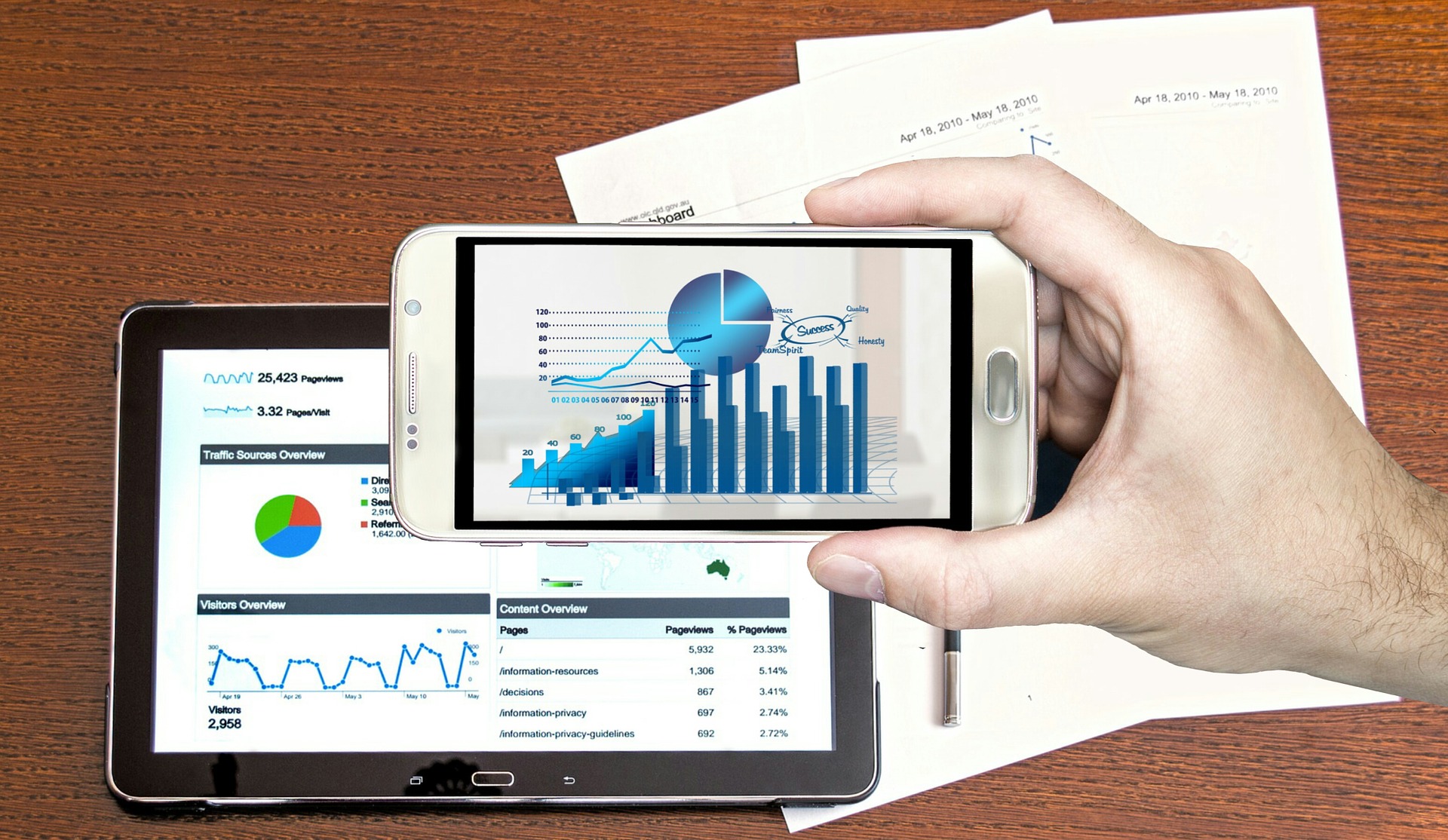Hashtags were never meant to be part of normal human conversations. The idea behind the hashtag was always about collecting responses about a specific conversation or conversations about a specific topic or keyword/keyphrase, making it easier for folks to find conversations — especially in Twitter chats.
Quick Origins Story
Chris Messina invented the hashtag concept back in 2007 for Twitter users. There were a lot of Twitter chats going on — there still are today — and Chris looked to find a way for chat participants to add to the conversation and keep track of responses to questions.
For readers who may not know: a hashtag is a word or phrase, no spaces, that has the pound/number sign (#) in front of it. For example: #visiblymedia #socialmediastrategies.
In 2009, Twitter added an automatic hyperlink (hotlink) function to posts. Any post that used a hashtag would get the hotlink added, making the hashtag clickable (now, also tappable) so viewers in that particular platform could read other posts using the hashtag.
Since 2009…
Today, hashtags have been adopted by many social media platforms, YouTube, podcast & live streaming host platforms, and bloggers. Each one still has the hyperlink (hotlink) that people can click/tap to see other conversations, posts, videos, and podcasts using that hashtag.
Outside these platforms, search engines like Google, Bing, and DuckDuckGo source information that people look for using the hashtags as search terms. People can search the internet and find any mention of the hashtag — with or without the pound sign — on any platform.
Search relevancy is critical. The information the hashtag is used with may not be relevant to what a searcher is looking for — what they find may not be what they intended to find. For example, #aurora could mean the Aurora Dashboard by NOAA (experimental), the city of Aurora, Colorado, a citizen science site named Aurorasaurus, a vacation spot, a singer, the famous aurora borealis (Northern Lights), or Amazon Aurora.
That’s just for starters.
It’s been a game-changer for over 15 years!
Hashtag Limits On Social Media
Although the social media platforms allow hashtags on posts, there are limits. Most are imposed by the social platforms themselves, while one is the culture of the social platform.
I’ll explain.
YouTube.
This channel has recently moved to allowing just 15 hashtags per post, period. You can list more, but these won’t have the hyperlink (hotlink). This is important as YouTube is not just a video platform; it’s also the 2nd largest search engine, so it pays to give attention to future success.
Instagram.
Instagram limits hashtags to 30 per post. Officially, the platform recommends 3-5 relevant hashtags per post, and I coach clients to use one brand-specific hashtag for their business (i.e., #visiblymedia).
Facebook.
Instagram’s cousin on Meta, Facebook, doesn’t have an official hashtag limit. I recommend no more than 5, as further research indicates Facebook’s algorithm doesn’t rely heavily on hashtags to carry messaging.
X. (f.k.a. Twitter)
There’s no official tag limit on this platform, either. I recommend no more than 5, again, with one being branded to your business.
LinkedIn.
This platform took me by surprise — there’s always something new to learn! LinkedIn allows up to 30 hashtags! They recommend 3-5 relevant hashtags at the bottom of posts. PRO TIP: Don’t go over this limit. The membership culture of LinkedIn will view more hashtags as pure spam, and you may find yourself invited to leave LinkedIn by the membership.
TikTok.
This platform doesn’t have an official hashtag limit, either. I recommend between 3-5 hashtags. Focus on trending hashtags, but make it make sense to your post. Also, be sure to check the Discovery page regularly (set a calendar date every week or month on your phone).
Strategies For Today
- Quality over quantity. Too many hashtags make your posts — and your business — look spammy, and people will avoid these posts. Use strategic hashtags for your post that make sense, and remember to add one branded for your business.
- Mix hashtag types. At Visibly Media, we use a variety of hashtags to capture both large and small audiences. This helps narrow the focus for the people looking for your services. People may not always engage with each post, but they will remember/save/bookmark what they like, which is now a new measurement/analytics to pay attention to.
- Research trends. Make sure the trend and conversation for the hashtag you want to use is what you want to be part of. What may seem very innocent may lead to posts that trend in a direction your business shouldn’t be known for. To research, go to the social media platform, use Google or DuckDuckGo, and type in a hashtag. This will show you what kind of “heartbeat” it has. At the end of this blog, I’ll list some platforms that help check hashtags, but be careful; hashtags were first created and adopted on Twitter (now known as X), and many apps and platforms still use X as the standard for measuring.
- Relevancy. If the only reason to use a hashtag is to be part of that conversation, make sure your end is relevant. Otherwise, you and your post could be viewed by the membership as a “hashtag hijack” and they won’t be very nice about telling you what they think.
- Measure. Use the platforms’ analytics to learn which hashtags people engage with, along with that post/topic. This means people either enjoyed it or wanted to know more — maybe ask a clarifying question — and that gives your posts a direction. Keep in mind, as you measure, you will find “trolls”. Some people want to be part of a conversation to boast about their business and will use your post to “hijack” attention; some will just not like what your post was about; others may be bots or competitors. Figuring out user behavior patterns with each post and hashtag will help in figuring out what to post next.
Hashtag Research Tools
If you’re serious about upping your game with hashtags, here are a few platforms to take a look at. I’ve not tested all of these, though the top 2 have a good amount of my attention. Again, remember, these will be measured through the lens of X (f.k.a. Twitter), so checking your hashtag on other platforms will give you a better idea of how well it will work. You may find some hashtags are what I call platform-specific; keep track of these. When comparing, look for cross-platform tools vs. platform-specific.
- RiteTag.com. This platform categorizes hashtags for X and Instagram as Great, Good, Unused, or Overused. It also provides suggestions for similar hashtags, though I’m a bit confused as to the suggestions for Instagram. 😅
- Hashtagify.. I’ve used this platform off and on for about 12 years, more recently using for Instagram hashtags. It offers a free trial period, then $19/mo. Support is online; training is their knowledge base/documentation.
- Keyhole. This platform also has a free trial period, then moves to $49/mo. Training includes a knowledge base/documentation, webinars, live online, and in-person.
- TrackMyHashtag. This platform only tracks X (f.k.a. Twitter) and is fairly pricey — $100/10K posts/tweets. It’s pretty good with campaigns and viral moment analysis, and provides metadata, including profile URL, verified/non-verified, retweets & likes received, in an Excel format.
- <strongBrand24. This platform also helps manage your reputation. Remember when I recommended creating a specific hashtag to brand for your business? People can use that hashtag and post for both good and not-so-good reviews, so reviewing your hashtags can save you time, headaches, and Advil. Brand24 tracks reach, mentions, monitors brands, and customer insights. They offer a free 14-day trial, then pricing starts at $199/mo. (or $149/mo. if billed annually).
Your reputation matters as much as your hashtags and content. Be mindful, be aware, and measure everything.
Last Word
Do you have to use hashtags in social media posts? No, not really. In fact, one of our clients and I have noticed a trend of not using hashtags, particularly on Facebook and LinkedIn. That may not mean anything more than the user not wanting to use them. It could also be a signal that platform members feel the spammy feel is something that they can’t work with. If you decide not to use hashtags, remember to add specific keywords to your posts for the search engines and AI platforms to find.
If you have questions, send us an email on our Contact page. We may feature your question as both a blog and a video!
Be strategic. Be visible. Be found.
Ready to start using social media smarter, not harder? Schedule a one-on-one coffee chat over ZOOM to talk about strategically incorporating both social media and inbound strategies into your current marketing plan.
Branded ZOOM backgrounds allow businesses to add another option for secondary marketing and confirms both identity and authority to prospects and customers. Investment starts at $95. Visit our webpage to get started.
#smallbusiness #socialmediatips #digitalmarketing #saturdaysocialmedia #facebookpagehowto #socialmediamarketing #entrepreneurs #visiblymedia











